
In this blog, we will dig down and discuss MRI scanning test in detail, its price, purpose, process. We will also try to explain most frequently asked questions related to MRI test scan.
Read more
MRI Brain is used to look for different Brain abnormalities like Brain injury, Brain fracture, Brain tumors, Brain cancers, blood vessels of the Brain, brain abnormalities etc.
Read more
MRI neck uses magnetic waves that strike the neck muscles and bones and provide pictures on the screen attached to the MRI machine. MRI neck is a radio imaging diagnostic tool like other diagnostic tools like other...
Read more
In this article, we will discuss the uses of MRI Ankle joint in detecting the Ankle joint abnormalities.
Read more
Images produced by the MRI of the elbow joint are used for the detection of abnormalities in the Elbow Joint. The patient should look for an Elbow Joint MRI if he suspects any abnormality in the Elbow Joint like fracture,...
Read more
Brain tumors occur due to uncontrolled growth of cells in the brain leading to the formation of cell mass called tumors. There is not any specific cause for the brain tumors but various risk factors are believed to be...
Read moreIn this article, we will discuss the uses of MR Angiography Brain and some common questions related to MR Angiography Brain.
Read more
In this article, we will discuss the uses of MRI renal angiography in detecting the heart abnormalities. We will also discuss some common questions related to MRI renal angiography.
Read more MRI.png)
In this article, we will discuss the uses of MRI Coccyx in detecting the Coccyx abnormalities. We will also discuss some common questions related to MRI Coccyx.
Read more
In this article, we will discuss the uses of MRI coronary angiography in detecting the heart abnormalities. We will also discuss some common questions related to MRI coronary angiography.
Read more
In this article, we will discuss the uses of Sinogram MRI. We will also discuss some common questions related to Sinogram MRI.
Read more
In this article, we will discuss the uses of MRI Liver in detecting the Liver abnormalities. We will also discuss some common questions related to MRI Liver.
Read more
In this article, we will discuss the uses of Functional MRI. We will also discuss some common questions related to Functional MRI.
Read more
In this article, we will discuss the uses of MRI Orbit in detecting the Orbit abnormalities. We will also discuss some common questions related to MRI Orbit.
Read more
In this article, we will discuss the uses of MRI Thyroid in detecting the Thyroid abnormalities. We will also discuss some common questions related to MRI Thyroid.
Read more
In this article, we will discuss the uses of MRI Penis in detecting the Penis abnormalities. We will also discuss some common questions related to MRI Penis.
Read more
In this article, we will discuss the uses of MRI Jaw. We will also discuss some common questions related to MRI Jaw.
Read more
In this article, we will discuss the uses of CT Spine in detecting the Spine abnormalities. We will also discuss some common questions related to CT Spine.
Read more
In this article, we will discuss the uses of MRI Kidney. We will also discuss some common questions related to MRI Kidney.
Read more
In this article, we will discuss the uses of MRI whole spine in detecting the whole spine abnormalities. We will also discuss some common questions related to MRI whole spine.
Read more
In this article, we will discuss the uses of MRI ear in detecting the ear abnormalities. We will also discuss some common questions related to MRI ear.
Read more
In this article, we will discuss the uses of MRI KUB. We will also discuss some common questions related to MRI KUB.
Read more
In this article, we will discuss the uses of MRI mandible in detecting the mandible abnormalities. We will also discuss some common questions related to MRI mandible.
Read more
In this article, we will discuss the uses of MRI Brain. We will also discuss some common questions related to MRI Brain.
Read more
In this article, we will discuss the uses of MRI shoulder in detecting the shoulder abnormalities. We will also discuss some common questions related to MRI shoulder.
Read more
In this article, we will discuss the uses of MRI eye in detecting the eye abnormalities. We will also discuss some common questions related to MRI eye.
Read more
In this article, we will discuss the uses of Fetal MRI in detecting the fetal abnormalities. We will also discuss some common questions related to Fetal MRI.
Read more
In this article, we will discuss the uses of MRI ankle in detecting the ankle abnormalities. We will also discuss some common questions related to MRI ankle.
Read more
In this article, we will discuss the uses of MRI Leg in detecting the Leg abnormalities. We will also discuss some common questions related to MRI Leg.
Read more
In this article, we will discuss the uses of MRI arm in detecting the arm abnormalities. We will also discuss some common questions related to MRI arm.
Read more
In this article, we will discuss the uses of MRI cervical spine in detecting the cervical spine abnormalities. We will also discuss some common questions related to MRI cervical spine.
Read more
In this article, we will discuss the uses of MRI neck in detecting the neck abnormalities. We will also discuss some common questions related to MRI neck.
Read more
In this article, we will discuss the uses of MRI Pelvis. We will also discuss some common questions related to MRI Pelvis.
Read more
In this article, we will discuss the purpose and procedure of MRI in detecting the bowel abnormalities. We will also discuss some common questions related to MRI bowel.
Read more.jpeg)
In this article, we will discuss about the purpose, procedure and advantages of the MRI scan. We will also discuss some questions related to MRI scan.
Read more
In this article, we will discuss the uses of MRI prostate in detecting the prostate abnormalities. We will also discuss some common questions related to MRI prostate.
Read more
In this article, we will discuss about the need and purpose of MRI and also some common questions related to MRI.
Read more
Full body MRI, whole body MRI, MRI scan, MRI uses, MRI preparation, body screening, medical imaging, diagnostic scan, MRI Delhi, Ganesh Diagnostic
Read more
Learn about preparation, what to expect during the scan, and why Ganesh Diagnostic Centre is a safe and experienced choice for your child's MRI.
Read more
An MRI brain scan is a powerful imaging technique providing detailed views of your brain to help diagnose various conditions, from stroke to tumors. Understanding the process, preparation, and how to locate a quality...
Read more
Learn what to expect during the scan, how to prepare, and why selecting a top imaging centre like Ganesh Diagnostic Centre ensures reliable results. Find an MRI centre near you.
Read more
Discover how a Finger MRI, a non-surgical imaging method utilizing radio waves and magnetic fields, provides detailed views of your finger's internal structures.
Read more
Discover why a full body MRI might be recommended for early detection of tumors, cardiac and neurological issues, as a preventive health measure, or for sports fitness assessments. Understand the simple procedure and its...
Read more
Learn about the MRI procedure, how to prepare, its benefits and risks, and get an idea of the MRI scan cost in Delhi. Find out how to locate an MRI center near your location.
Read moreA Magnetic Resonance Imaging (MRI) scan at Ganesh Diagnostic and Imaging Centre, Knee MRI is a non-invasive test that uses radio waves and a powerful magnetic field to get detailed insights of the issue.
Read more
Your backbone or spine is a structure that supports your body. It is connected with different parts of the musculoskeletal system - muscles, bones, joints, ligaments and tendons etc.
Read moreLearn how to prepare for these scans, understand safety considerations, and book your MRI online with Ganesh Diagnostic.
Read moreTesla MRI scans play a crucial role in modern healthcare, offering high-resolution images of the body's internal structures. With 1.5T and 3T MRI machines providing clearer, faster, and more detailed diagnostic.
Read moreIn this you will learn more about the Knee scan and which is the best scan MRI or CT Scan? if you’re an athlete, fitness enthusiast, or an active individual the knee joint plays a crucial role in your sports life....
Read moreIn this blog we will explore more about the MRI procedure, preparation and some considerations for the left hip joint to keep in mind.
Read more
In this article, we'll get to know about the aneurysm, what are the symptoms of the aneurysm and what are the common diagnostic test for the aneurysm.
Read more.webp)
This article will elaborate on chest MRI, its purpose and procedure. We will also discuss the cost and best MRI centre in Delhi.
Read more
This article will elaborate on the cranial MRI, its purpose and procedure. We will also discuss the cost and best MRI centre in Delhi
Read more
इस लेख में मस्तिष्क MRI, इसके कार्य सिद्धांत, प्रकार और उपयोगों के बारे में विस्तार से...
Read more
This article will elaborate on the brain MRI, its working principle, types and uses. We will also discuss the cost and best MRI centre in Delhi
Read more
This article will elaborate on the MRI, its working principle, types and uses. We will also discuss the cost and best MRI centre in Delhi
Read more
A MRI of the whole spine includes the cervical, thoracic and lumbar spine sections. The MRI plays an important role in evaluating the acutely injured spine, infection or inflammatory process, congenital abnormalities,...
Read more
A heart MRI is also called cardiac MRI which is a non-invasive, pain free and safe procedure that creates pictures of your heart. Doctors use these scan pictures to diagnose certain heart related diseases and disorders. In...
Read more
Magnetic Resonance Angiography also known as magnetic resonance angiogram or MRA helps in viewing blood vessels that help in diagnosing various conditions. In this blog, we will discuss in detail about the MRA.
Read more
MRI is a diagnostic tool which uses non-ionising radiations unlike CT scan, PET scan or X-rays. While It is capable of defining single body areas such as spine, liver or brain, it is also effective in scanning Full...
Read more.jpg)
एम आर आई स्कैन के बारे मे हर इंसान ने कभी न कभी सुना होगा| ब्रेन एम आर आई एक बेहद...
Read more
Magnetic resonance Imaging (MRI) has revolutionised medical diagnostics. One of the sparkling features of MRI is the examination of the entire spine known as “MRI Whole Spine”. The advanced diagnostic imaging...
Read more
एमआरआई (MRI) का मतलब मैग्नेटिक रेजोनेंस इमेजिंग (Magnetic Resonance Imaging) है। अक्सर लोग एम् आर आई का...
Read more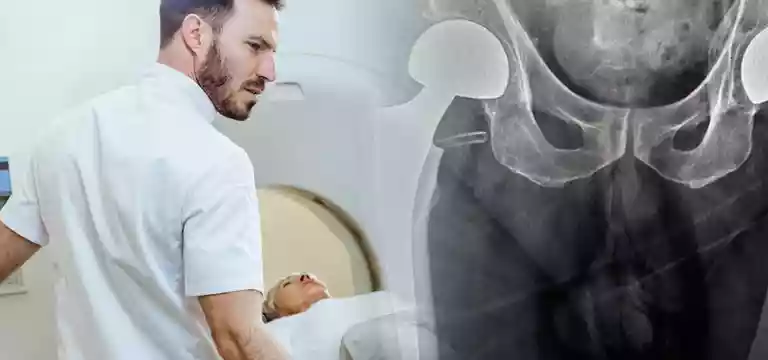
Hip pain is a common problem among the general population. In this article, we will see how magnetic resonance imaging (MRI) is the preferred diagnostic tool when comes to examining painful hip conditions, owing to its ability...
Read more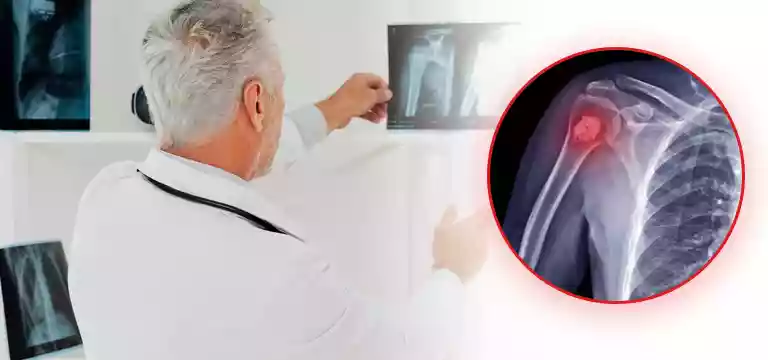
Magnetic resonance imaging (MRI) is a useful screening tool doctors use to determine what's wrong with a person's body. When it comes to certain body parts, like the right shoulder, an MRI can give detailed pictures...
Read more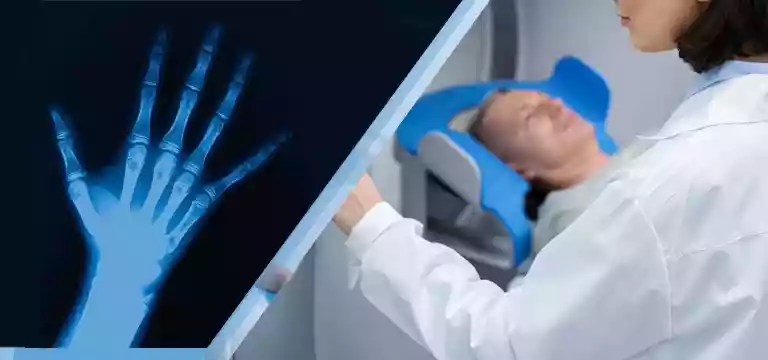
The wrist and hand have complex anatomy with many intricate structures. So, to evaluate different traumatic and pathological conditions of the wrist, we need a credible imaging diagnostic modality like MRI (magnetic resonance...
Read more
When cells come together, they have the potential to create a cyst, which is a small sac that contains air, fluid, or other substances. In some cases, the accumulation of skin cells within the ear can lead to the development...
Read more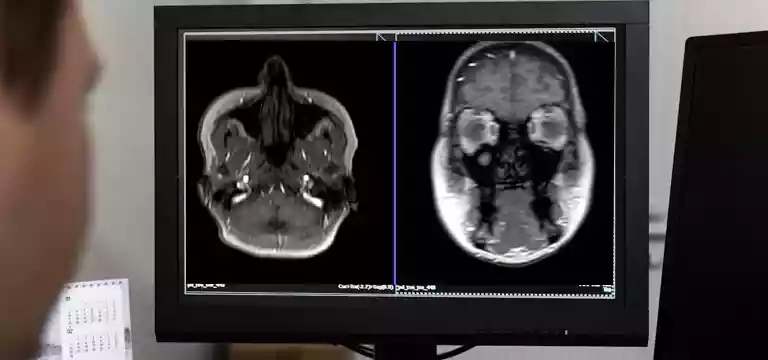
How much does an MRI (Magnetic Resonance Imaging) of the face typically set you back? Understanding the components that go into the price of a particular operation is crucial for making well-informed decisions in the...
Read more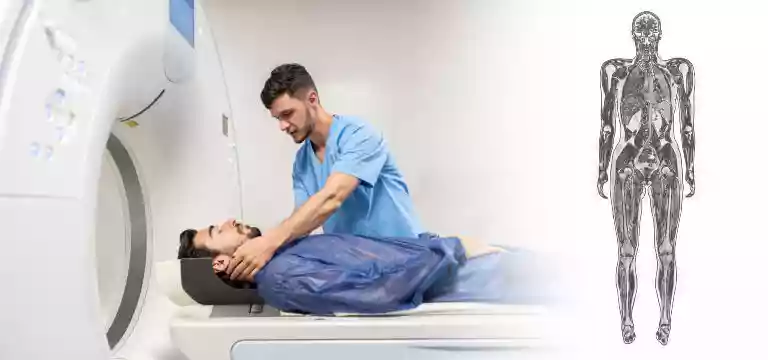
A full-body MRI or a whole-body MRI is a non-invasive medical diagnostic procedure, based on the principles of using strong magnetic fields and radio waves to capture accurate and detailed images of the whole body.
Read more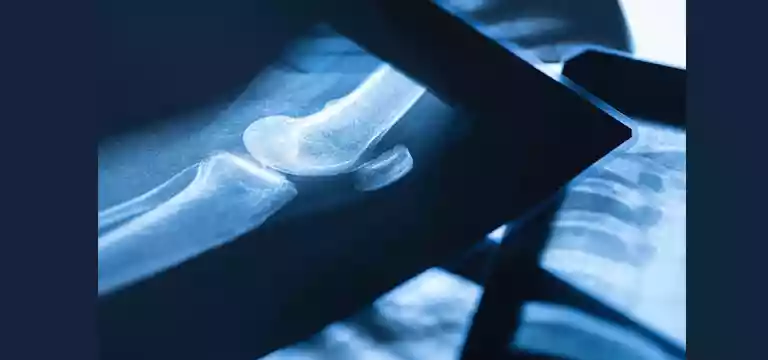
Tennis elbow is a condition where the tendons connecting your forearm muscles to your bones become painful and weakened. It results when there is excessive use of the elbow by performing certain movements repeatedly.
Read more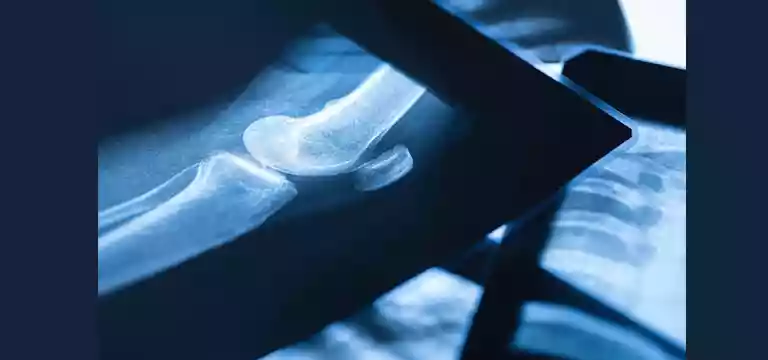
Magnetic resonance imaging (MRI), which uses magnets and radio waves, is a powerful diagnostic technique that produces high-resolution photographs of the body's internal components. It's essential to find the root of...
Read more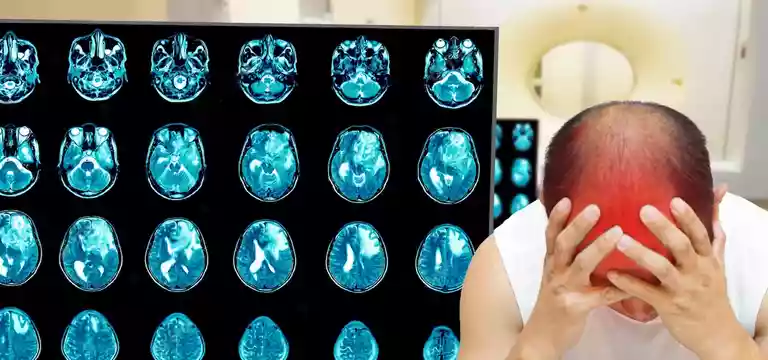
Before we explore the MRI brain epilepsy protocol, we need to understand what is an MRI or magnetic resonance imaging. It is an imaging diagnostic tool based on the principles of using magnetic fields and radio waves to...
Read more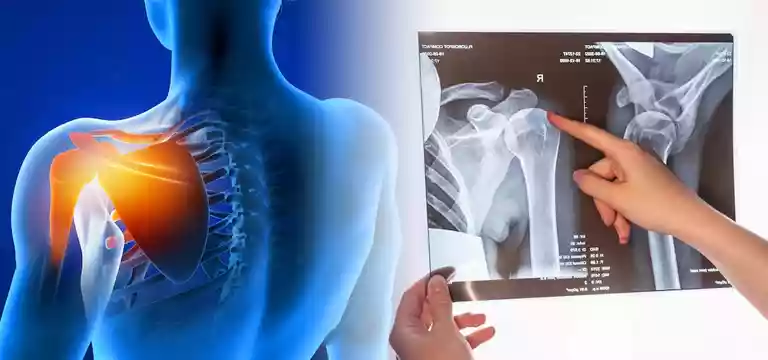
Magnetic resonance imaging (MRI) is a non-invasive, painless, and safe imaging modality, used to diagnose a wide array of diseases apart from monitoring the recovery process from surgery.
Read more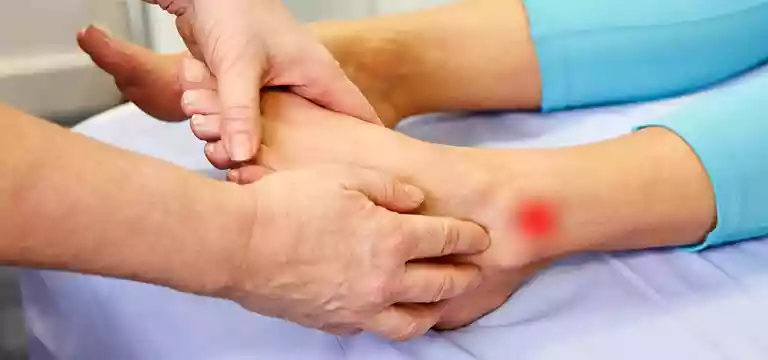
High ankle sprains are a specific type of sprain that may occur when the ligaments connecting the lower leg bones, the tibia and fibula, are injured. As opposed to typical ankle sprains that affect the ligaments on the sides...
Read more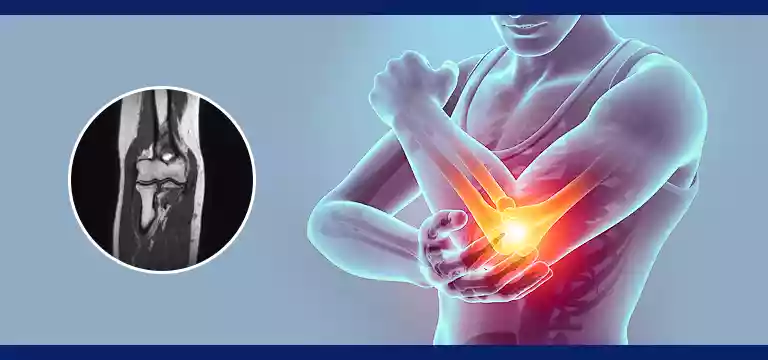
MRI (magnetic resonance imaging) plays an important role in detecting elbow conditions. This advanced imaging modality, which is based on the principles of using magnetic fields, radio waves, and computing, brings priceless...
Read more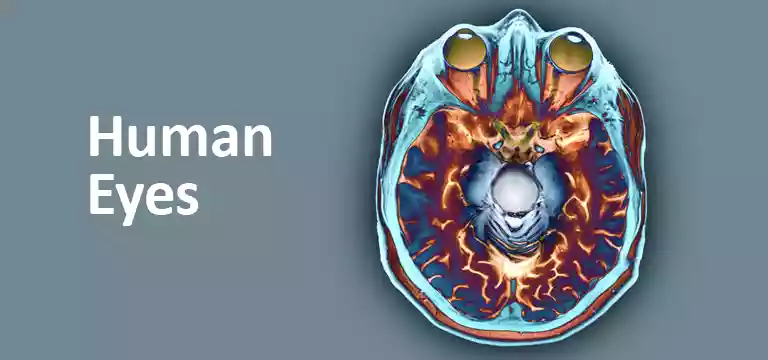
The adult human eye is about 2.3 cm long and comprises small tissue structures smaller than a millimeter in size. To evaluate the back of the eye, there is a technique called optical coherence tomography (OCT), which is...
Read more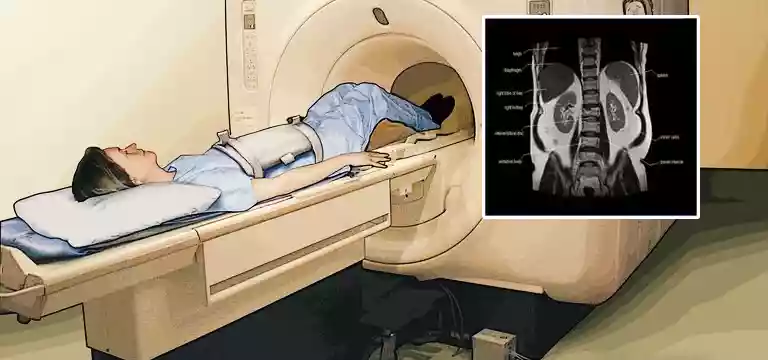
An abdominal MRI scan is conducted for various purposes. When a physical examination is inconclusive in identifying the issue in your abdominal region, your doctor may request an MRI to gain further insight.
Read more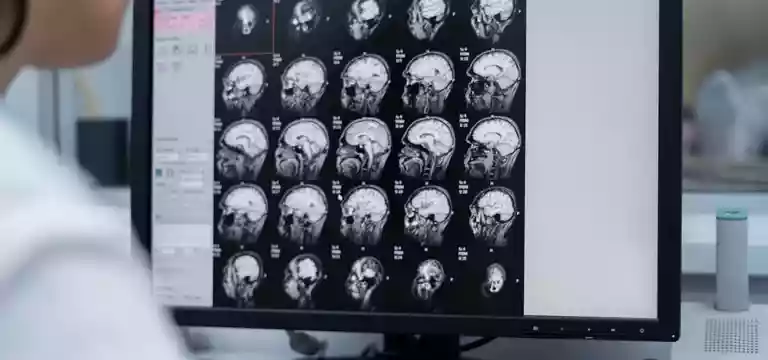
An MRI (magnetic resonance imaging) is a diagnostic modality based on the principles of magnetic field, radio waves and does not require any surgical incision. It helps doctors to view the soft tissues of the human body,...
Read more.webp)
A brain MRI (magnetic resonance imaging) scan is a non-invasive and painless diagnostic modality that generates crystal-clear images of the structures of the brain. MRI is based on the principles of the usage of magnetic...
Read more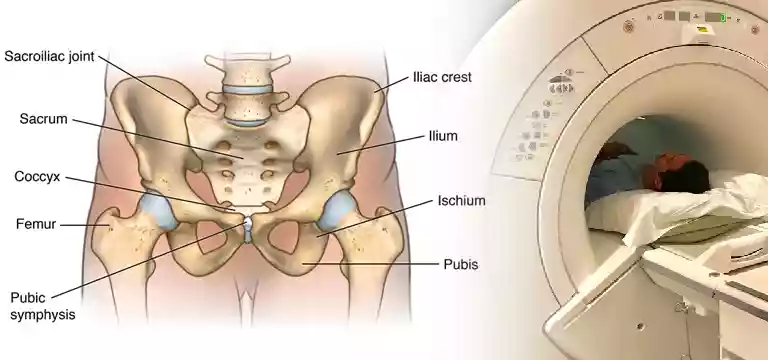
MRI means magnetic resonance imaging, which is a procedure that clicks images of the internal organs of a human body. It is based on the principles of using a blend of magnetic fields, radio waves, and at times contrast dye to...
Read more
An MRI foot scan is a powerful diagnostic technique that helps to capture detailed images of the foot and ankle structures. Doctors advise an MRI of the foot when a person faces a wide range of symptoms like foot pain,...
Read more
Magnetic resonance imaging (MRI) of the cervical spine, which is a remarkable imaging technique, assists healthcare providers with vital information on the neck and seven cervical bones so that they can devise effective...
Read more
Magnetic resonance imaging (MRI) of the cervical spine, which is a remarkable imaging technique, assists healthcare providers with vital information on the neck and seven cervical bones so that they can devise effective...
Read more
Magnetic Resonance Imaging or MRI has become increasingly popular as a diagnostic imaging modality. The technology is based on the premise of using magnets to click pictures of the inside of a human body.
Read more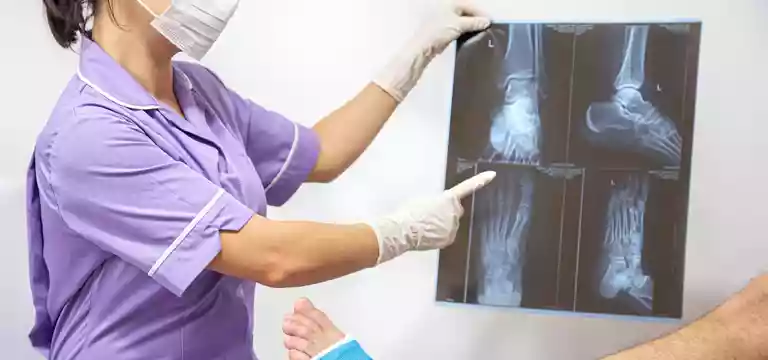
Healthcare professionals, with the help of a knee MRI, try to diagnose or evaluate any pain, weakness, bleeding, or swelling in and around the joint. A Knee MRI also gives clarity to doctors on whether or not surgery is...
Read more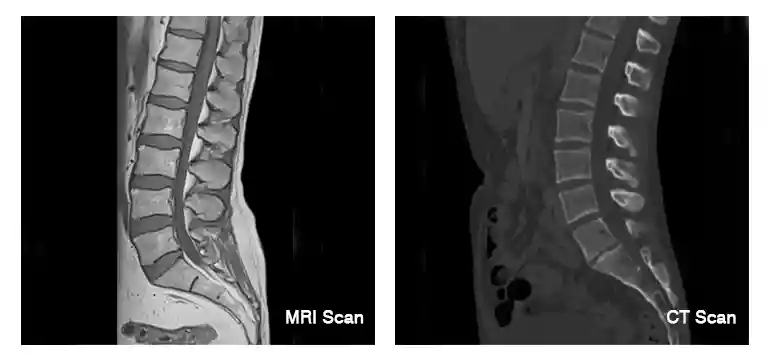
CT scan refers to that diagnostic technique akin to a series of X-rays taken at a breakneck speed in a circle around the patient. The X-rays are then combined and looked at, which offers a detailed 3-dimensional image of the...
Read more.webp)
Head imaging plays a crucial role in medical diagnostics, offering valuable insights into the complex structures and conditions affecting the human head. Compared to the various imaging modalities, Magnetic Resonance Imaging...
Read more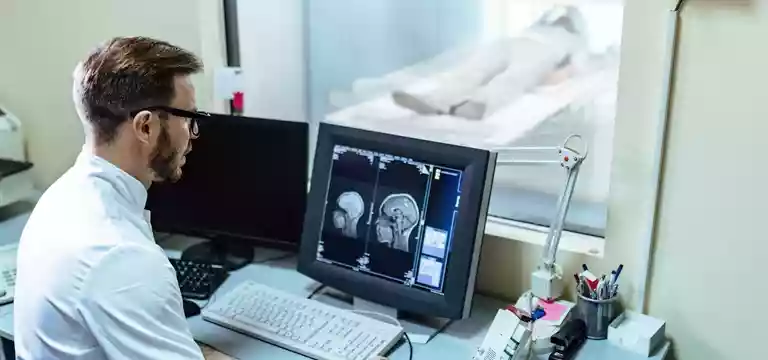
Medical diagnostics is an ever-evolving landscape in which there is enough significance in brain imaging. With its ability to go deeper into the intricate complexities of the human brain MRI (Magnetic Resonance Imaging) has...
Read more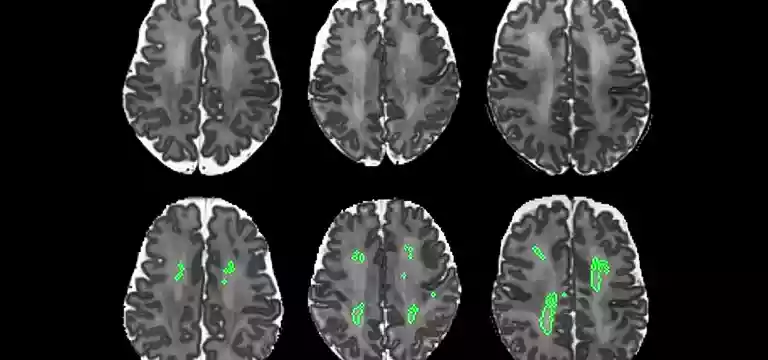
In a world where the intricate workings of the human brain continue to amaze and perplex scientists, epilepsy comes as a major neurological disorder challenging them further. It affects millions of lives the world over.
Read more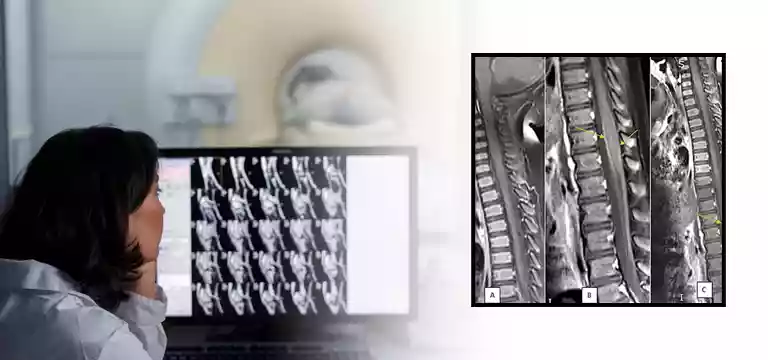
Also known as the thoracic spine, the dorsal spine constitutes twelve vertebrae that connect the cervical spine (neck) and the lumbar spine (lower back). With the help of an MRI (Magnetic Resonance Imaging) of the dorsal spine...
Read more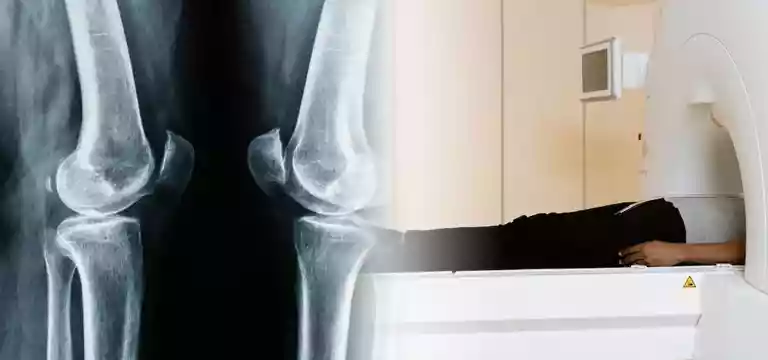
MRI of the left leg is a scan that focuses on the evaluation of left leg pathologies. It is important to note that the left leg is a complex anatomical structure consisting of bones, muscles, tendons, ligaments, and blood...
Read more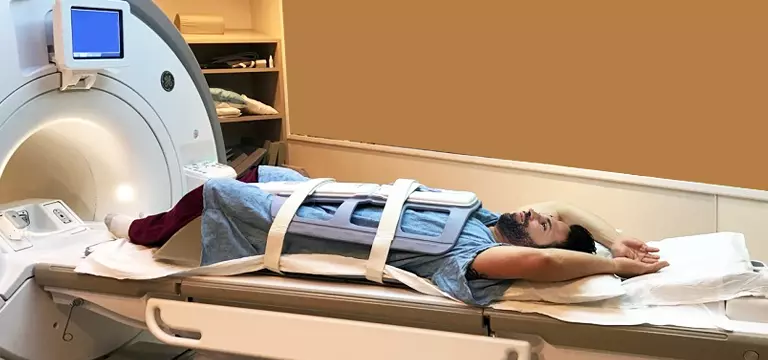
In this article, we will try to explore the significance of pelvic imaging, specifically focusing on the role of MRI in diagnosing and managing pelvic conditions. We will also study what is the purpose of pelvic imaging, and...
Read more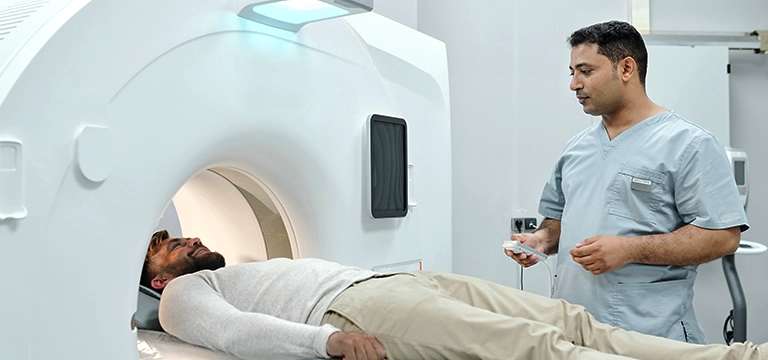
The lumbar spine is also called the lower back and it plays a key role in the human anatomy. Its purpose is to provide stability, flexibility, and support to the entire body. It constitutes five vertebrae. The lumbar region is...
Read more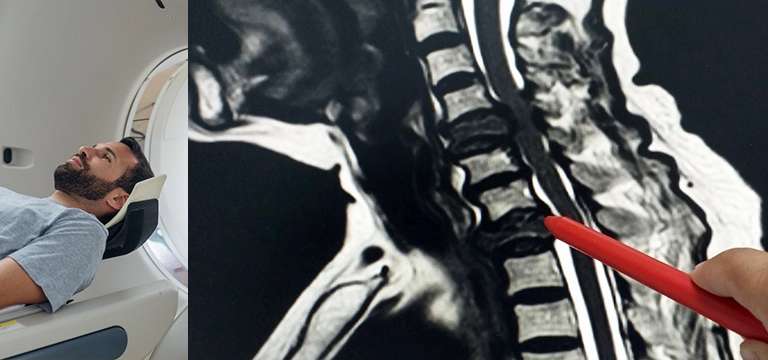
A spine MRI (magnetic resonance imaging) is referred to a non-invasive medical technique that uses powerful magnets and radio waves to generate detailed images of the spine's structures.
Read more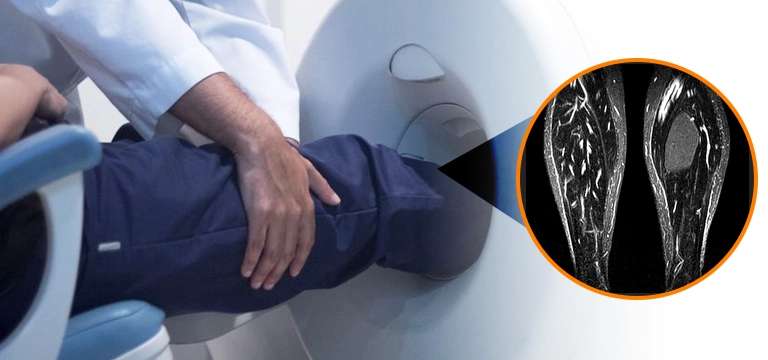
An MRI leg scan is a non-invasive medical imaging procedure that capitalizes magnetic resonance imaging (MRI) technology to generate accurate and detailed images of the leg's internal structures.
Read more.webp)
The MRI brain test is a breakthrough imaging technique that not only helps in the treatment process but also provides in-depth information about the remarkable complexity and functioning of the human brain.
Read more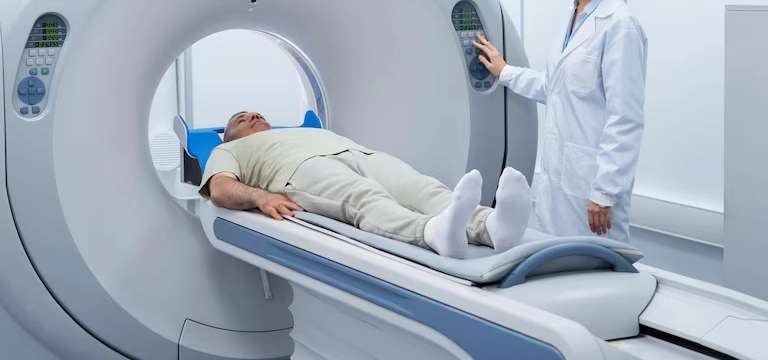
So, a Full Body MRI or whole-body MRI is referred to the multiple scans of the entire body to diagnose any malfunctions inside the body. It can provide whole-body coverage following a core protocol and giving the results...
Read more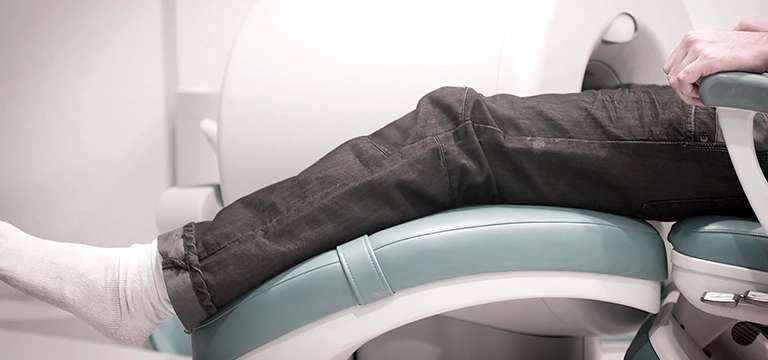
MRI (Magnetic Resonance Imaging) of the knee joint is a very useful diagnostic tool that assists in getting detailed visualization and evaluation of the intricate structures of the knee. This is a non-invasive imaging...
Read more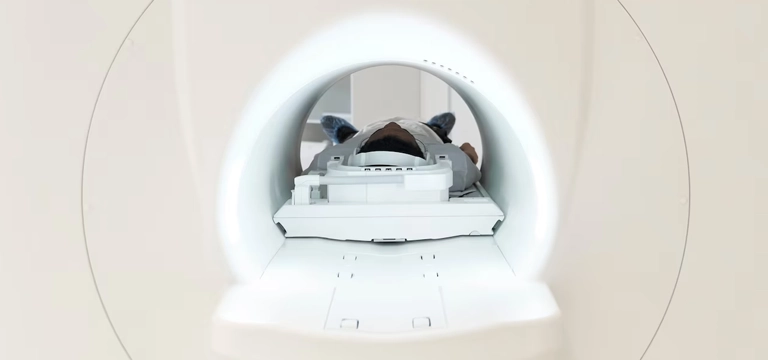
The advent of the 3 Tesla MRI machine has brought about a paradigm shift in the field of MRI (magnetic resonance imaging), which is better than conventional MRI machines. So, what are the advantages of the 3 Tesla MRI or does...
Read more.webp)
Brachial plexus is a web of nerves located in the neck and shoulder region and supplies the skin and muscles of your upper limb. It is divided into:
Read more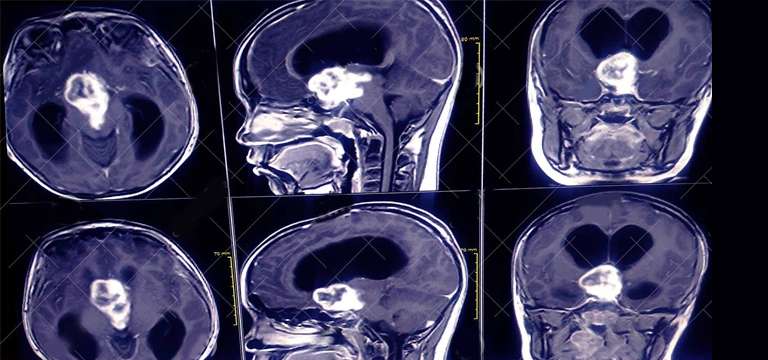
MRI Brain Orbit is a kind of MRI scan that deals mainly with the structures within the eye socket or orbit. It gives highly detailed images of the eye, optic nerves, extraocular muscles, lacrimal glands, and surrounding soft...
Read more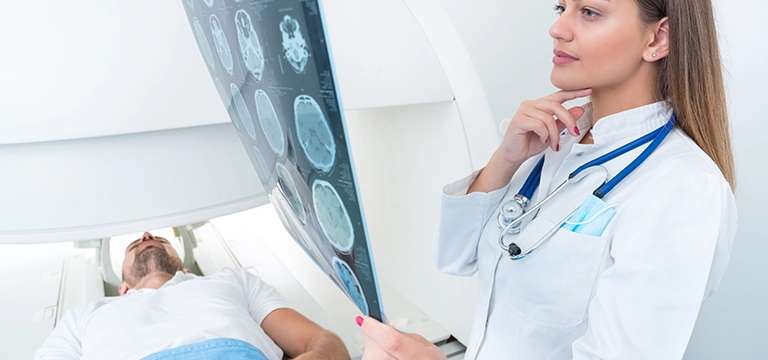
Imaging is an integral part of medical diagnostics that helps in studying numerous conditions. MRI scans play a pivotal role in this area. It is an excellent tool to examine the brain and its adjacent structures.
Read more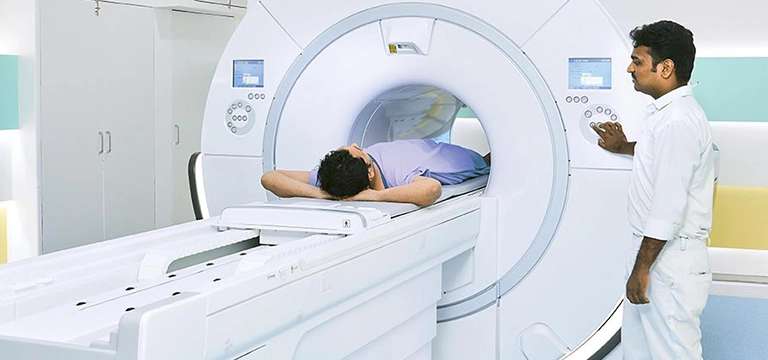
Medical imaging is a blessing for the healthcare industry. Among the various imaging practices Magnetic resonance imaging (MRI) distinguishes itself as a remarkable technology that has transformed diagnostic medicine.
Read more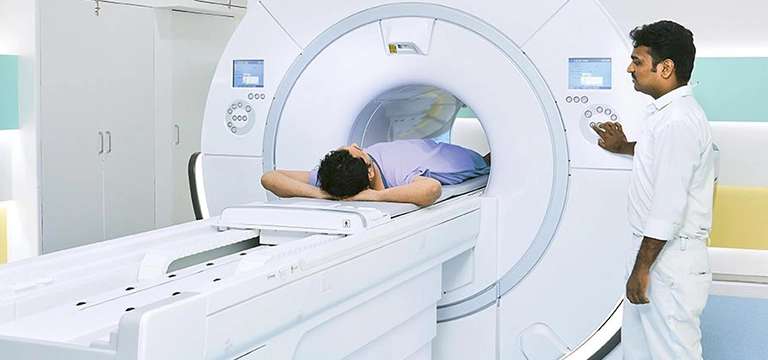
In the field of medical diagnostics, Magnetic Resonance Imaging (MRI) has brought about a revolution with its non-invasive imaging capabilities. However, it is important to note that the power and complexity of MRI machines...
Read more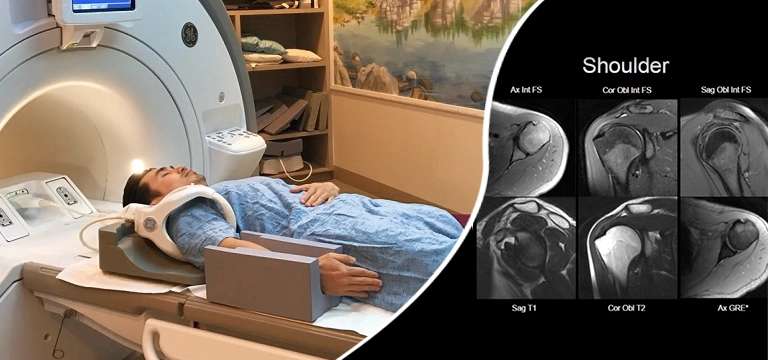
In this article, which is a comprehensive guide, we will explore the various aspects of shoulder MRI, including its purpose, procedure, preparation, and potential findings. We will also learn about the shoulder MRI price.
Read more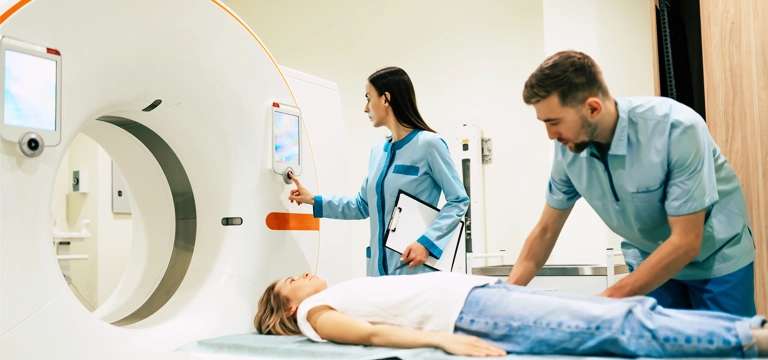
Cervical spine MRI is a non-invasive imaging technique that uses powerful magnets and radio waves to create detailed images of the structures within the neck region. It provides valuable information about the bones, discs,...
Read more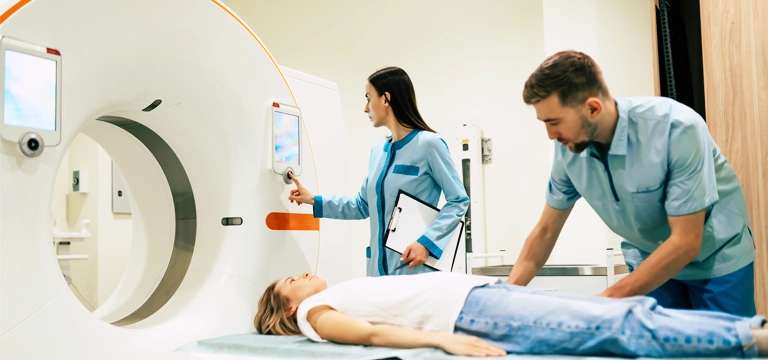
In the field of medical imaging, MRI scans have become an inseparable tool for diagnosing and monitoring various health issues. The use of contrast agents in MRI scans augments the visibility and clarity of images, helping...
Read more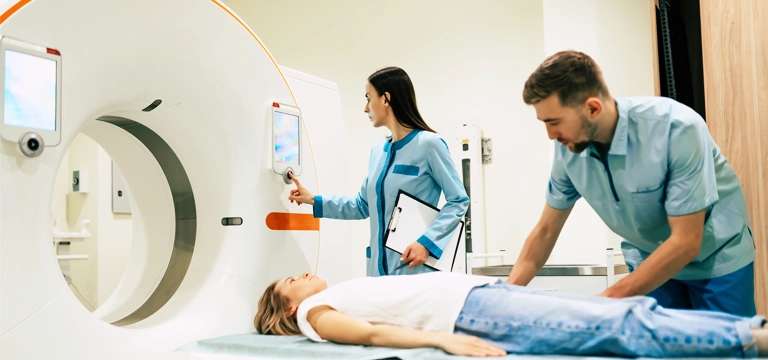
When it comes to diagnosing certain medical conditions and obtaining accurate insights into the human body, Magnetic Resonance Imaging (MRI) scans have become an invaluable tool.
Read more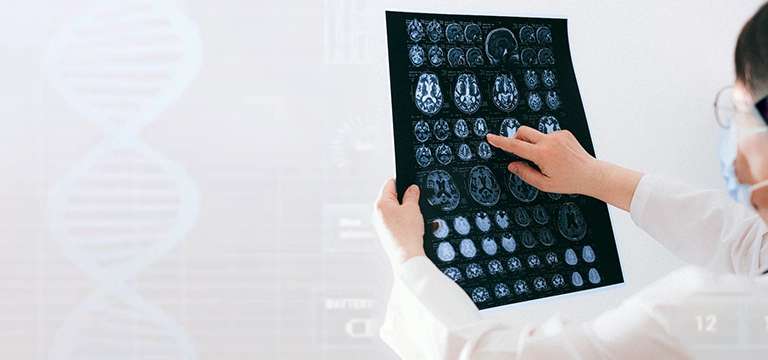
MRI brain scans can be very important diagnostic tools that provide detailed images of the brain's structures, helping in the detection and evaluation of various neurological problems.
Read more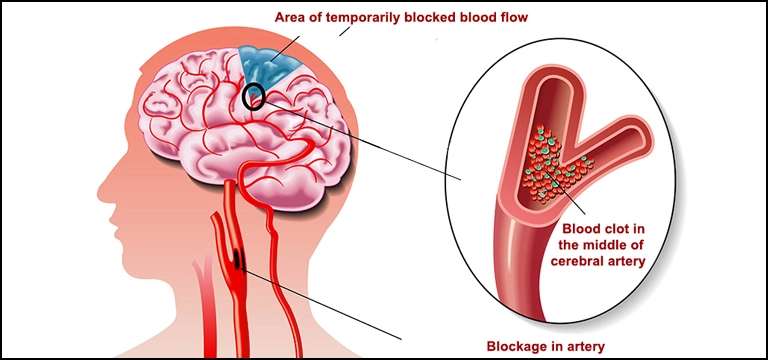
A transient ischemic attack (TIA), also commonly referred to as a "mini-stroke," is a temporary disruption of blood flow to a certain part of the brain. It is similar to an ischemic stroke but typically lasts only a...
Read more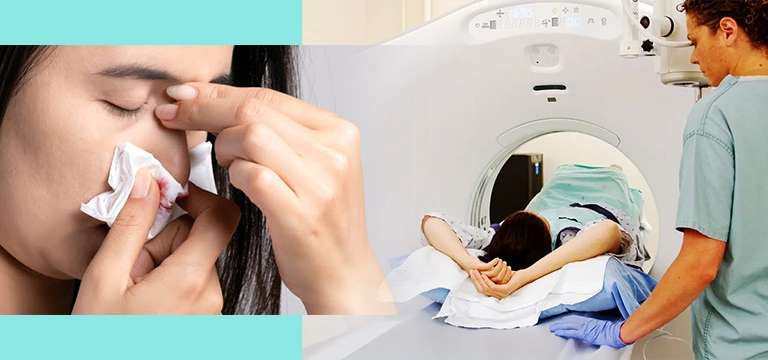
Nosebleeds, in most cases, are not directly related to the brain. The nosebleeds themselves typically originate from blood vessels in the nasal cavity and nasal passages.
Read more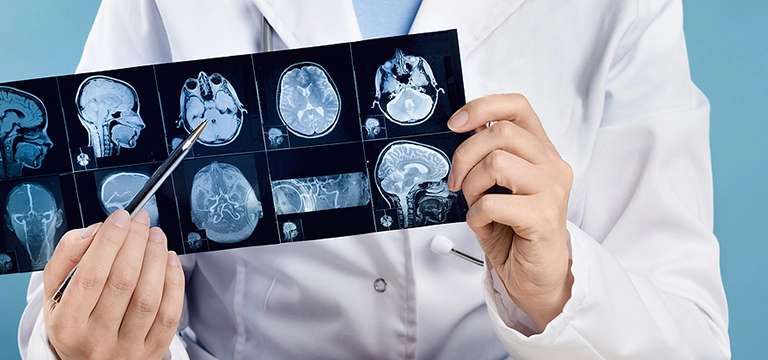
Traumatic Brain Injury (TBI) refers to any injury to the brain that is ensued after an impact from external force It can result from various incidents such as falls, motor vehicle accidents, sports injuries, assaults, or any...
Read more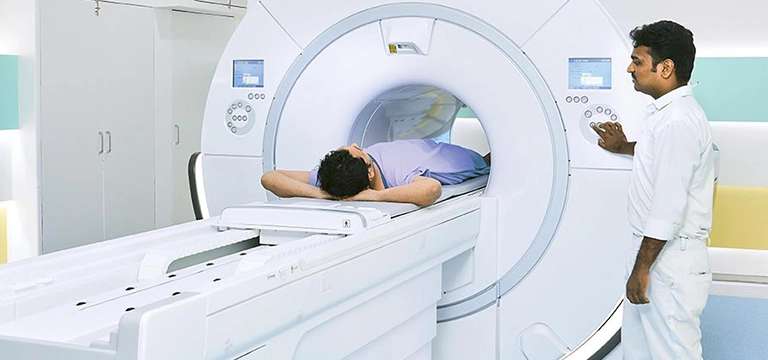
MRI angiography renal scan, also known as renal magnetic resonance angiography (MRA), is a medical imaging procedure that uses magnetic resonance imaging (MRI) technology to examine the blood vessels of the kidneys.
Read more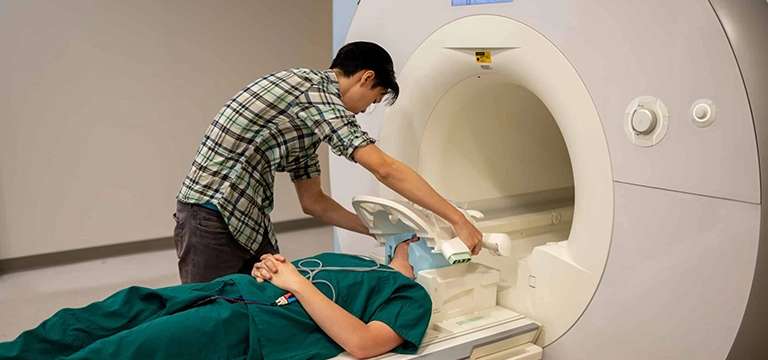
In the realm of modern healthcare, medical imaging plays a pivotal role in diagnosing and monitoring a wide range of health conditions.
Read more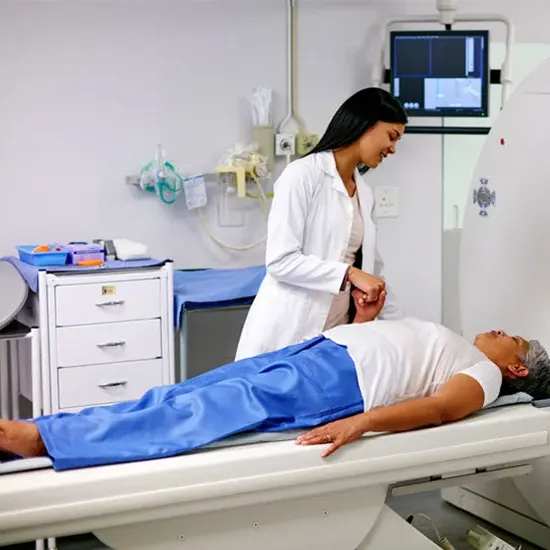
A magnetic resonance imaging (MRI) scan is a non-invasive imaging technique that uses powerful magnets and radio waves to generate detailed images of the body. MRI scans are often used to examine the head and neck area to...
Read more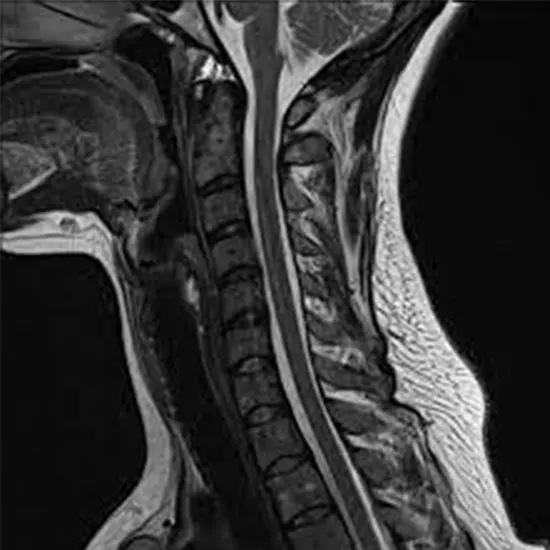
Neck MRI, also known as cervical spine MRI, is a diagnostic imaging procedure that uses magnetic resonance imaging (MRI) technology to produce nuanced images of the structures within the neck region. It allows healthcare...
Read more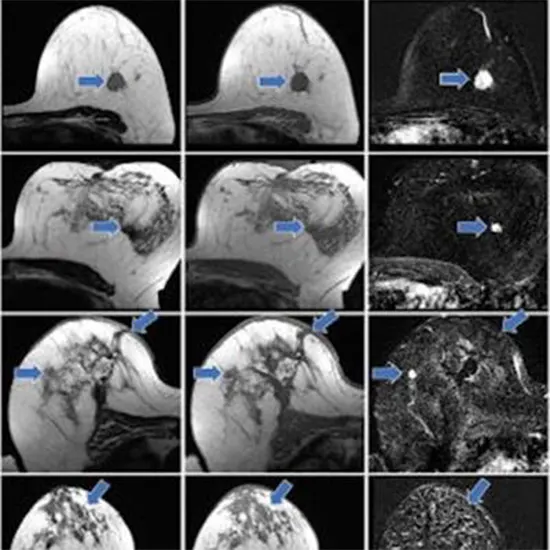
Contrast-based MRI, also known as contrast-enhanced MRI or MRI with contrast, is a type of magnetic resonance imaging (MRI) that uses a special dye or contrast agent to enhance the images produced by the scan.
Read more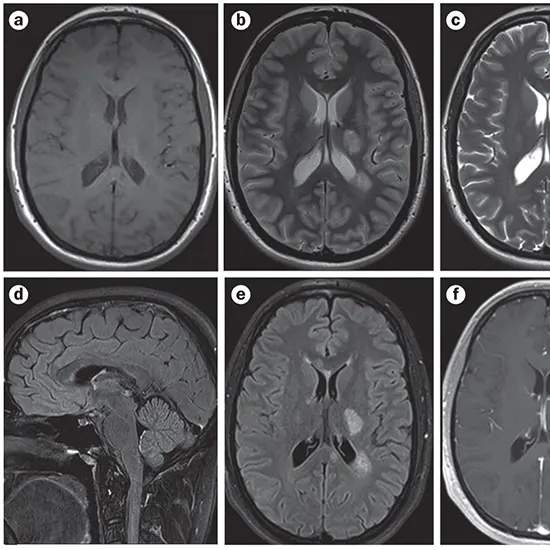
F-Dopa PET scan also known as 18F- dihydroxyphenylalanine PET scan/test is a diagnostic imaging modality for identification and evaluation of many pathological conditions of brain especially neurodegenerative disorders of brain.
Read more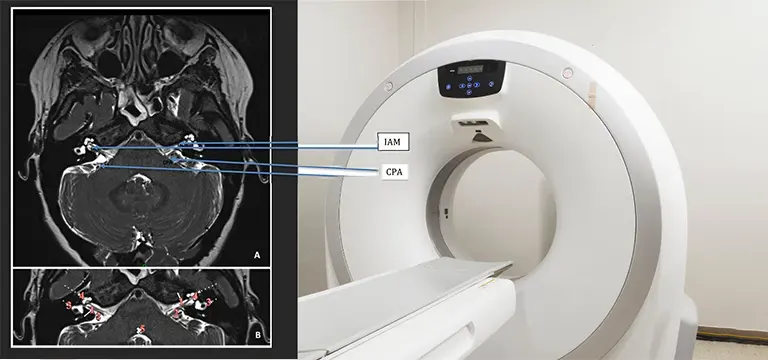
Vertigo is defined as disorientation in space. In this condition a person has the sensation of spinning or if the surrounding objects in the environment is moving when they are actually not moving.
Read more
A head MRI (Magnetic Resonance Imaging) scan is a non-invasive medical test that uses a strong magnetic field and a computer to recapitulate digital pictures of brain and surrounding tissues. It is a noninvasive test that does...
Read more
Parotid gland is largest salivary gland, triangular in shape with its base directed superiorly and apex directed inferiorly.
Read more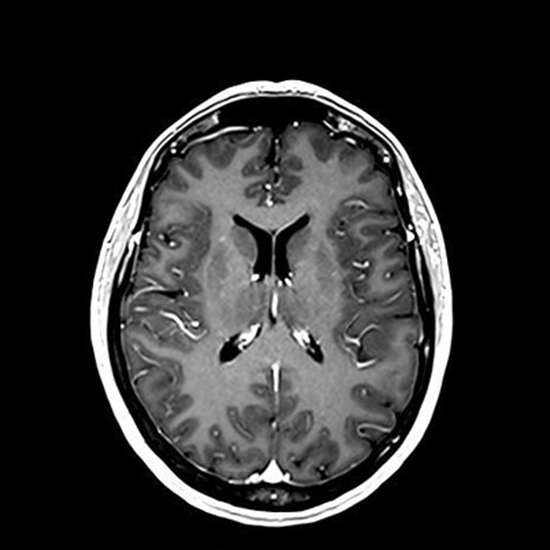
MRI Brain/Head with contrast is a diagnostic tool which utilizes Magnetic field, radio waves and an intravenous contrast agent to delineate the anatomy and pathology of brain.
Read more
A head MRI (Magnetic Resonance Imaging) is a medical imaging procedure that creates precise images of the brain, skull, and surrounding tissues using radio waves and a strong magnetic field.
Read more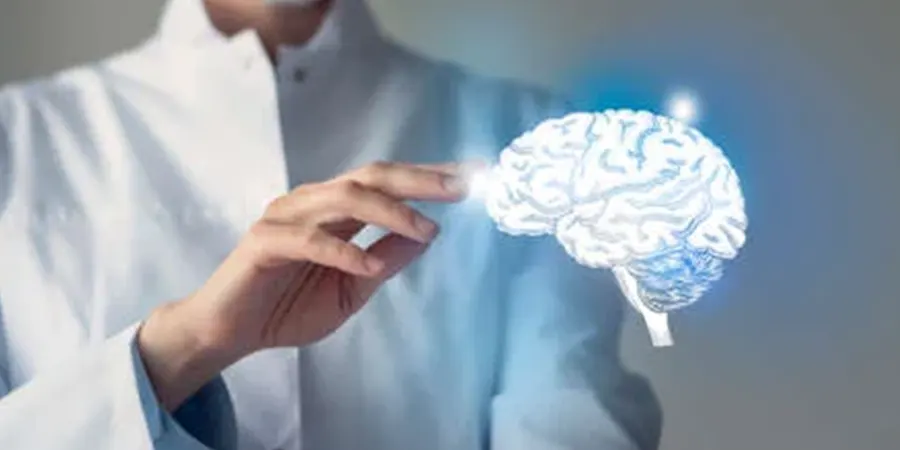
Yes, older adults can undergo MRI scans. In fact, MRI is a safe and effective diagnostic tool for people of all ages, including the elderly.
Read more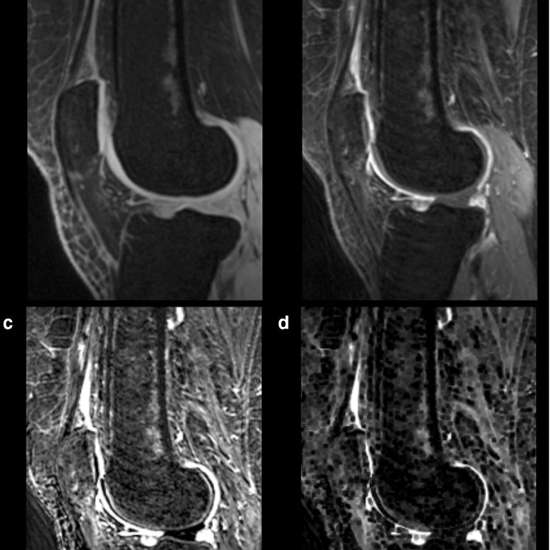
A knee MRI (Magnetic Resonance Imaging) is a diagnostic imaging test that uses a powerful magnetic field, radio waves, and a computer to produce detailed images of the structures inside the knee joint.
Read more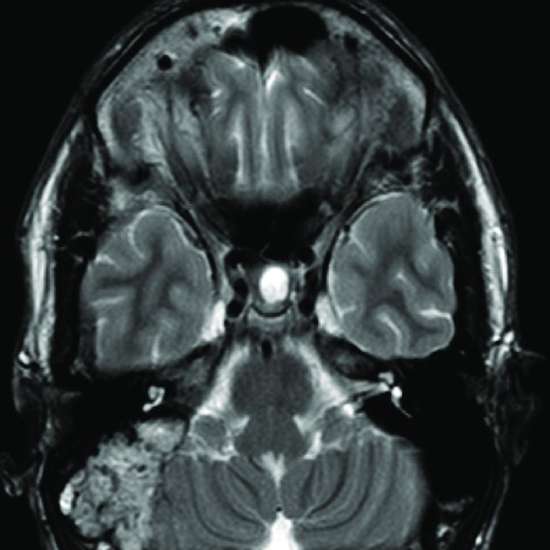
The temporal bones are part of skull/cranium located on each side and base of skull and are lateral to the temporal lobes of the brain.
Read more
A head MRI (Magnetic Resonance Imaging) is a medical imaging procedure that creates precise images of the brain, skull, and surrounding tissues using radio waves and a strong magnetic field.
Read more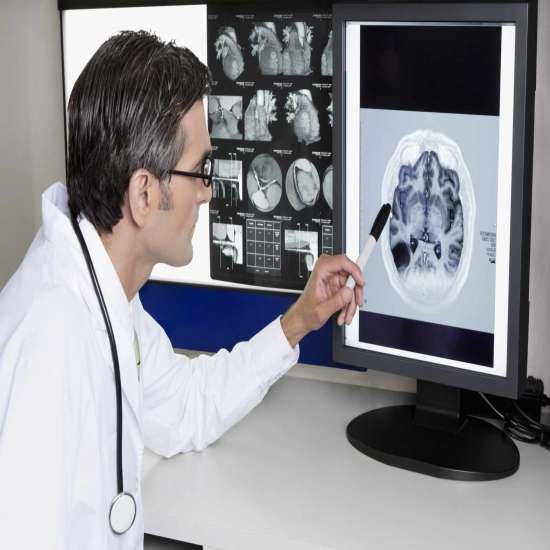
MRI (Magnetic Resonance Imaging) is a widely used medical imaging technique that can provide valuable information about the structure and function of the brain. MRI is used in a variety of ways in brain imaging. Here are some...
Read more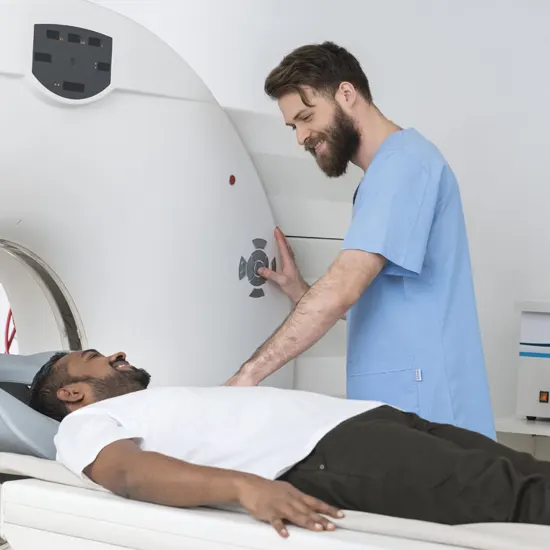
MRI (magnetic resonance imaging) scan is a non-invasive medical imaging technique that uses a powerful magnetic field, radio waves, and a computer to produce detailed images of internal body structures.
Read more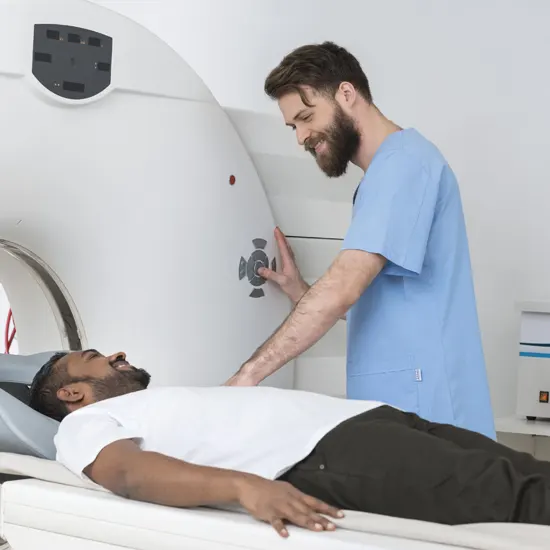
MRI scans are often used to detect tumors in various parts of the body, including the brain, spine, breast, liver, and prostate. MRI scans can detect small tumors that may not be visible on other imaging techniques.
Read more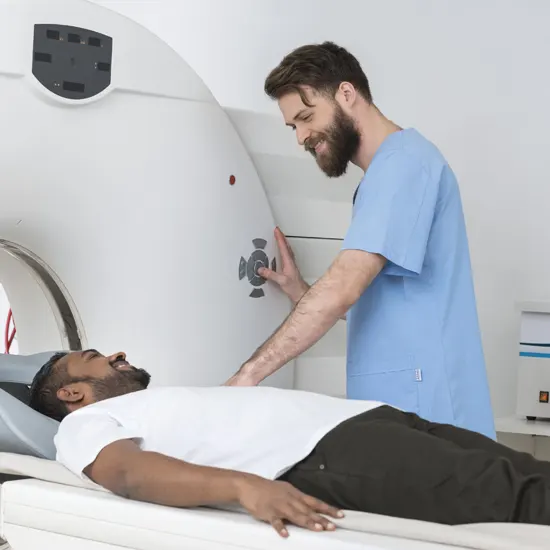
MRI (magnetic resonance imaging) plays an important role in follow-up care for patients who have been diagnosed with various medical conditions, including cancer, neurological disorders, and musculoskeletal injuries.
Read more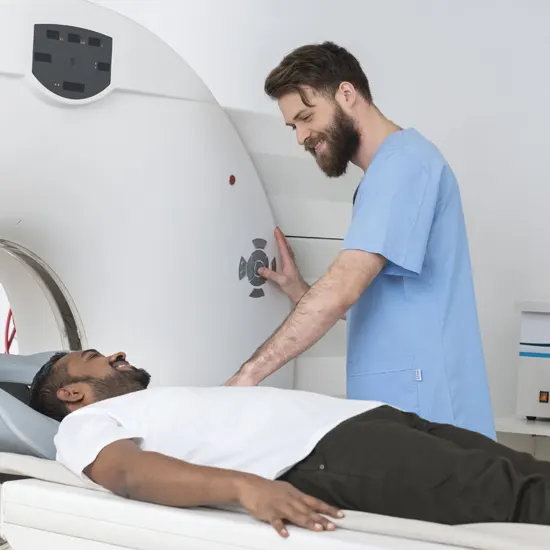
The time it takes to prepare an MRI Scan (magnetic resonance imaging) report varies depending on several factors, such as the complexity of the scan, the number of images that need to be reviewed. In general, it can take...
Read more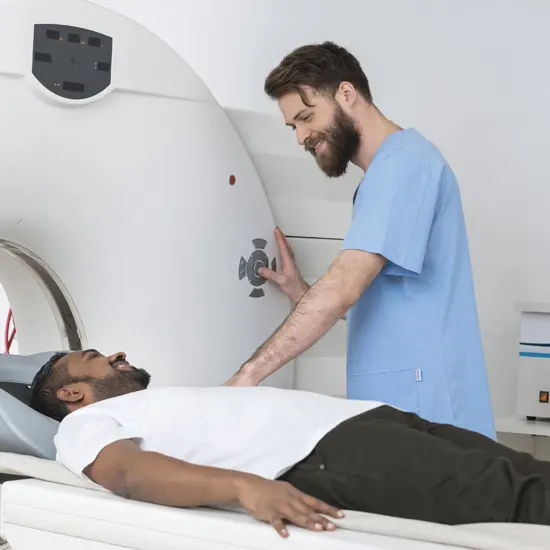
MRI (Magnetic resonance imaging) plays an important role in the evaluation and diagnosis of heart conditions. Here are some ways MRI scans are used in the assessment of heart disease:
Read more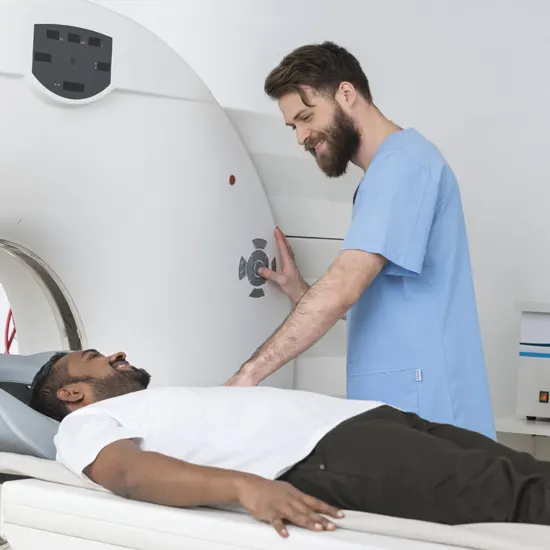
Contrast dye is a type of medication that may be injected during an MRI (Magnetic Resonance Imaging) scan. The contrast dye is a special type of fluid that contains a substance called gadolinium. This substance helps highlight...
Read more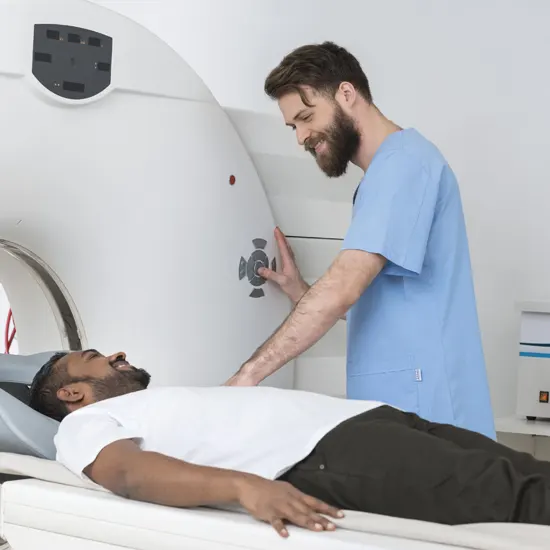
After the scan is complete, the images will be reviewed and interpreted by a radiologist, who will send a report to your doctor. Your doctor will then discuss the results with you and determine any necessary follow-up or...
Read more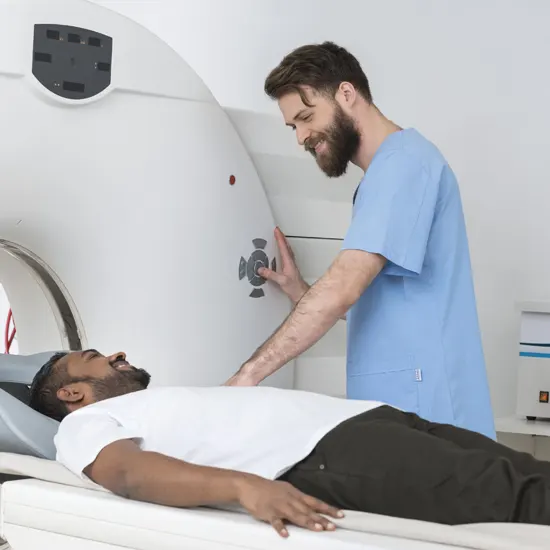
The duration of an MRI (Magnetic Resonance Imaging) scan can vary depending on the type of scan and the body part being imaged. Generally, an MRI scan can take anywhere from 15 minutes to an hour or more.
Read more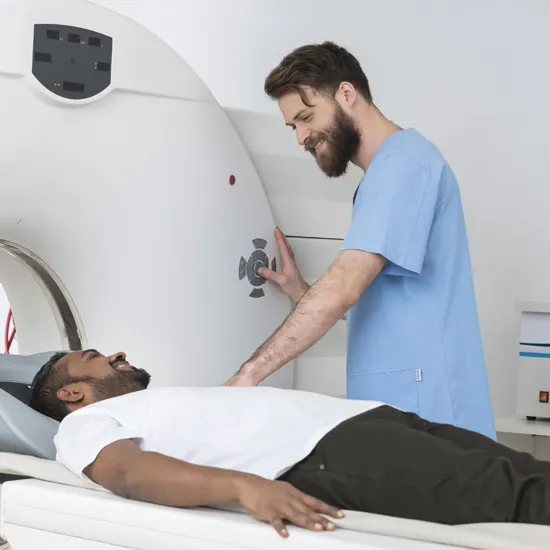
An MRI (Magnetic Resonance Imaging) scan is a diagnostic tool that uses a powerful magnetic field, radio waves, and a computer to produce detailed images of the body's internal structures.
Read more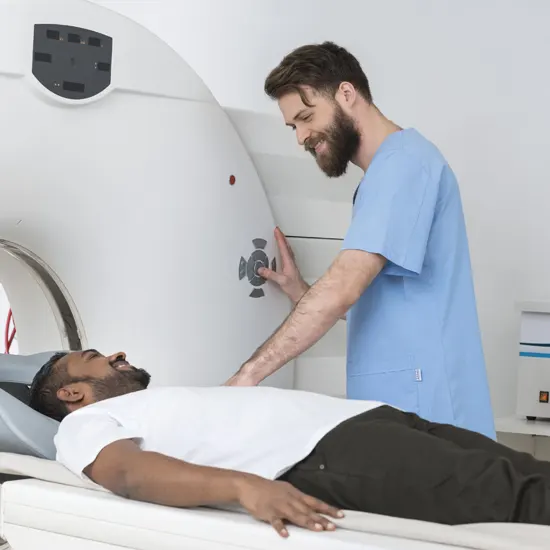
The preparation for an MRI scan can vary depending on the type of scan being performed and the specific instructions from the healthcare provider. However, some general guidelines for MRI preparation include:
Read more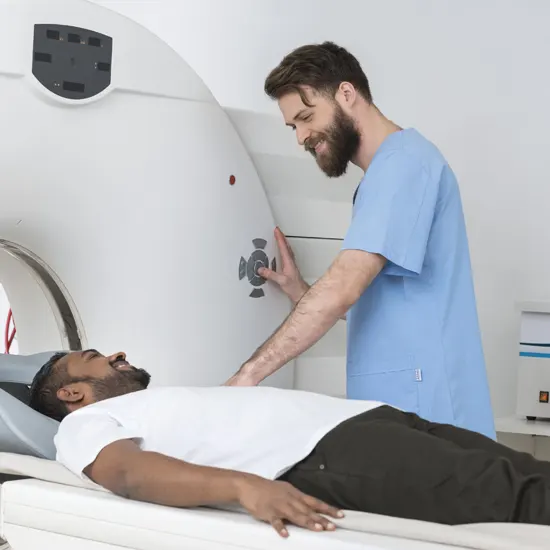
The type of MRI scan recommended will depend on the specific condition being diagnosed or monitored.
Read more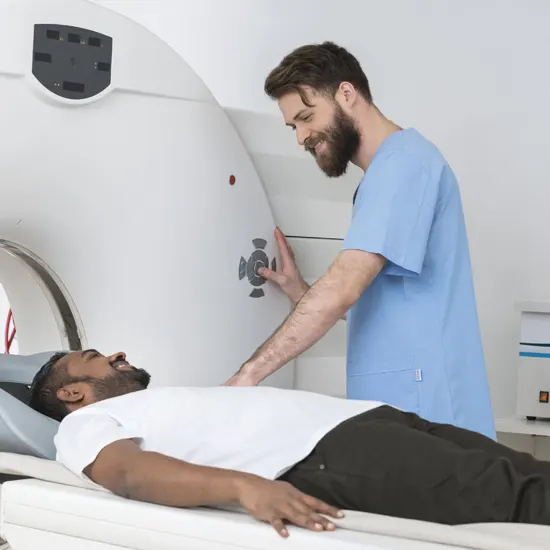
MRI stands for Magnetic Resonance Imaging. It is a medical imaging technique that uses a highly strong magnetic field and also radio waves to obtain images of the body's internal structures in detail. During an MRI scan,...
Read more
NABH (National Accreditation Board for Hospitals and Healthcare Providers) is a prestigious accreditation body that certifies healthcare organizations in India. Being a NABH-accredited MRI center Ganesh Diagnostic and Imaging...
Read more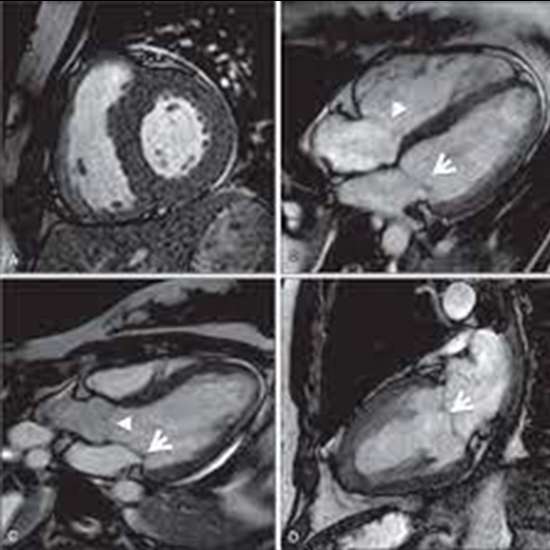
Cardiac MRI (Magnetic Resonance Imaging) is a non-invasive medical imaging technique that can provide the detailed information about the structure and function of the heart.
Read more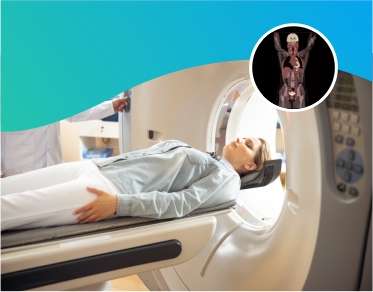
There are also different strengths of MRI machines, which are measured in units called Teslas (T). The most common strength of MRI machines is 1.5T, but there are also 3Ts Machine. Higher-strength MRI machines can provide more...
Read more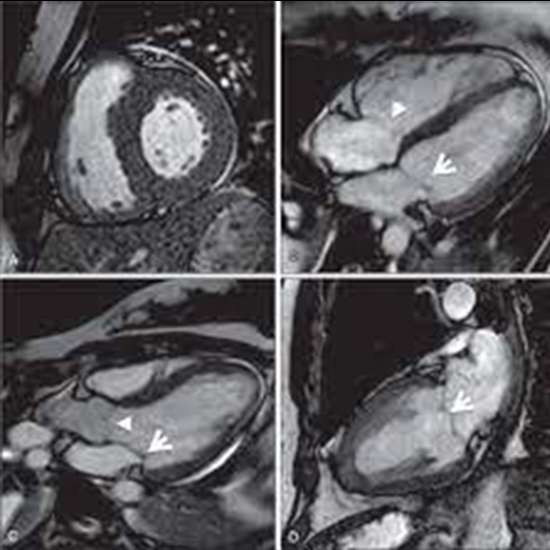
Cardiac MRI is a safe and non-invasive imaging technique that provides detailed information about the structure and function of the heart. It can be used to diagnose a variety of cardiac conditions, such as heart failure,...
Read more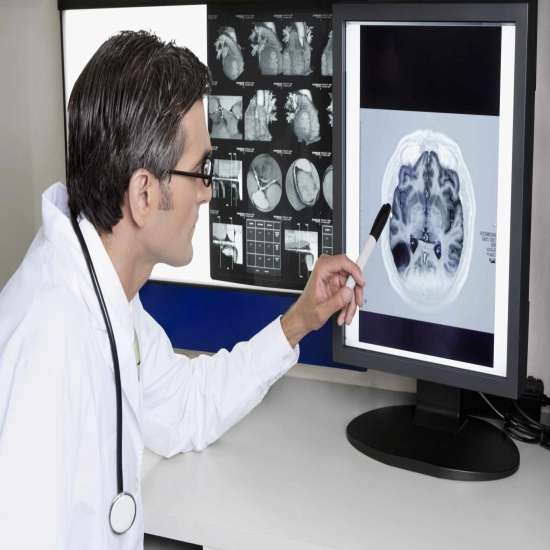
Before the MRI, you will be asked to remove any metal objects from your body, such as jewelry, watches, and hearing aids and asked to change the clothes to gown provided by the hospital. If you have any medical conditions or...
Read more
MRI (Magnetic Resonance Imaging) is a widely used medical imaging technique that can provide valuable information about the structure and function of the brain. MRI is used in a variety of ways in brain imaging. Here are some...
Read more
MRI stands for Magnetic Resonance Imaging. It is a medical imaging technique that uses a highly strong magnetic field and also radio waves to obtain the images of the body's internal structures in detail. During an...
Read more
MRI stands for Magnetic Resonance Imaging. This medical imaging technique uses computer-generated radio waves and specifically-created magnetic field to create detailed images of targeted tissues and organs to identify the...
Read more